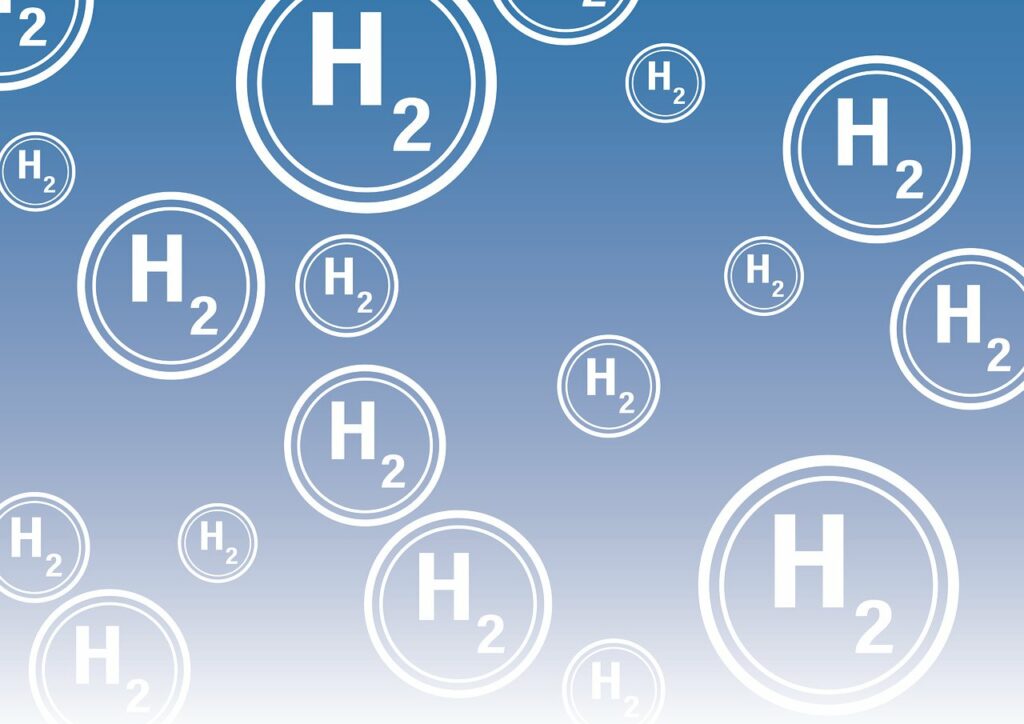Concerns are rising from hydrogen energy producers regarding recent federal guidance on the 45V tax credit’s implementation. The incentive, born from the Inflation Reduction Act, aims to reduce the tax burden on eligible hydrogen producers that help decrease greenhouse gas emissions.
The incentive to stimulate local hydrogen production might face hurdles due to unproductive rulemaking. U.S. Treasury and the IRS, earlier this year, released preliminary guidance on administering the tax credit. This ‘three-pillar’ rule involving deliverability, temporal matching, and incrementality requirements, may exclude certain producers from receiving the credit.
Sen. Shelley Moore Capito, underlined that the 45V credit supports all hydrogen production pathways subject to certain carbon emissivity requirements. However, IRS requirements may preclude specific methods of hydrogen production from qualifying for the said credit.
Moreover, ‘blue’ hydrogen production, created from natural gas and paired with carbon capture tech, is excluded from receiving the credit. This limitation could affect ‘Hydrogen hubs’ relying on this pathway, questioning their sustainability ignited by a $7 billion investment from the Bipartisan Infrastructure and Jobs Act.
The controversy is part of a broader trend where the Biden administration’s policies underline a shift towards clean energy. However, the emergence of new regulatory hurdles during implementation contradicts these goals. Excessive labor regulations and constrictive federal permitting laws are slowing progress, and the new guidance could reduce the 45V impact.
Activists argue that the current scenario provides an opportunity for the Biden administration to make good on its promises for cleaner domestic energy production. Whether the guidance changes in the future remains uncertain.
